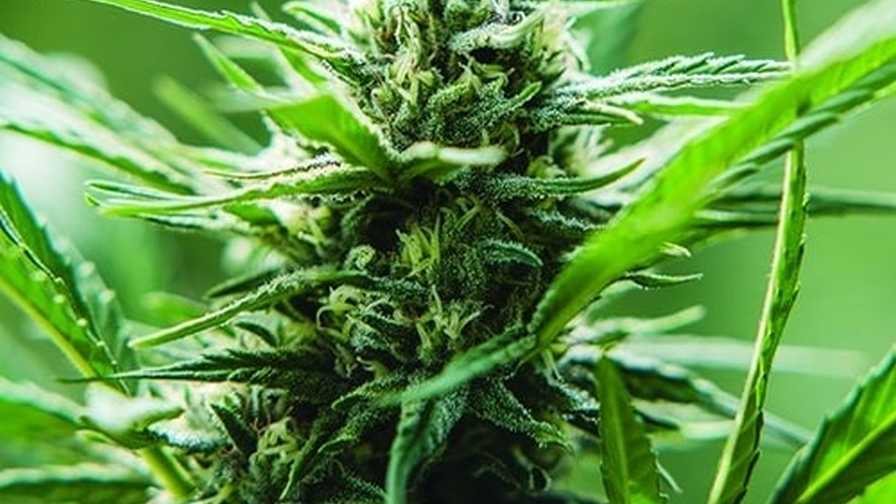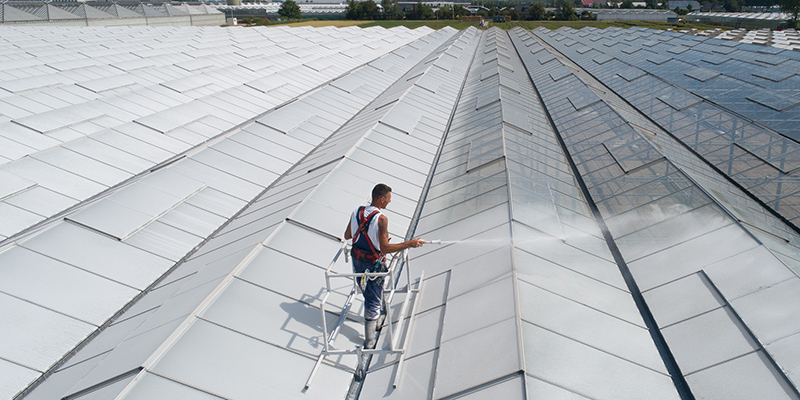New Partnership Improves Availability of CBC Industrial Hemp
 Cannabis Orchards Inc., a biotechnology company that focuses on the research, development, and commercialization of minor cannabinoids and innovative industrial hemp varieties, announced it has signed an exclusive partnership agreement with Front Range Biosciences (FRB), a cannabis and hemp genetics platform company based in Boulder, CO, that specializes in creating and introducing new innovative products, by combining its own innovative agricultural technologies with its hemp and cannabis research and development program.
Cannabis Orchards Inc., a biotechnology company that focuses on the research, development, and commercialization of minor cannabinoids and innovative industrial hemp varieties, announced it has signed an exclusive partnership agreement with Front Range Biosciences (FRB), a cannabis and hemp genetics platform company based in Boulder, CO, that specializes in creating and introducing new innovative products, by combining its own innovative agricultural technologies with its hemp and cannabis research and development program.
Cannabis Orchards Inc. will exclusively distribute feminized hemp seed from select Front Range Biosciences varieties and genetics in Canada, which align with the collective goal of making available hemp varieties rich in minor cannabinoids, upon approval by Health Canada. These varieties include:
- Valerie-16: Cannabichromene (CBC) rich strain, 24-28:1 CBD:THC, 13-16% CBD, 3-4% CBC when grown under optimal conditions; rich in terpenes Myrcene and Caryophyllene which lend themselves to give this variety its aroma of musk, clove, herbal, citrus, wood, and spice.
- Valerie-29: CBD and CBC Dominant Sativa, 26-30:1 CBD:THC, 15-18% CBD, 3-5% CBC when grown under optimal conditions; dominantly citrus in aroma; rich in terpenes Myrcene and Caryophyllene which lend themselves to give this variety its aroma of musk, clove, herbal, citrus, wood, and spice.
“The partnership agreement with FRB will enable us to scale the production of cannabichromene, making this novel cannabinoid available to cannabis companies and consumers across Canada,” says Cannabis Orchards CEO Dr. Jamie Ghossein. “More importantly, this will finally allow us to lend this novel cannabinoid for study to researchers and clinicians across Canada, allowing us to develop new therapeutic options for patients and the medicinal market.”
CBC has been largely unavailable in the Canadian hemp market up until recently. Even now, CBC is often undetectable and found in trace amounts. Many plants considered to be high in CBC only exhibit a concentration of 0.4-0.8% CBC. By introducing Valerie-16 and Valerie-29 which can yield CBC up to 3-4% availability drastically increases the yield for cannabis extractors. With interest in CBC increasing and more scientific evidence on the benefits of CBC being published now is the perfect time to get into the market with CBC-predominant products.
CBC, like all other minor cannabinoids, comes from the mother of all cannabinoids, Cannabigerol (CBG). However, unlike CBG, which is only expressed in higher concentrations at the reduction of other therapeutic cannabinoids, CBC is able to be expressed in tandem with higher concentrations of therapeutic cannabinoids like CBD. It is hypothesized that there is an entourage effect when CBC is combined with other cannabinoids.
What makes CBC unique is its molecular structure which interacts with the human immune system. CBC is able to interact with transient receptor potential (TRP) cation channels that inhibit endocannabinoid inactivation, and thus stimulate CB2 receptors. CBC does not have any significant activity at CB1 receptors, meaning it is a non-psychotropic cannabinoid, and will not alter perception or behavior as THC does. CBC indirectly affects the endocannabinoid system as it stimulates the production of endocannabinoids, anandamide (AEA) and 2-arachidonoyl-glycerol (2-AG). The endocannabinoid system and transient receptor potential channel are both involved in inflammation and pain.
For more information on Cannabis Orchards Inc., click here.









